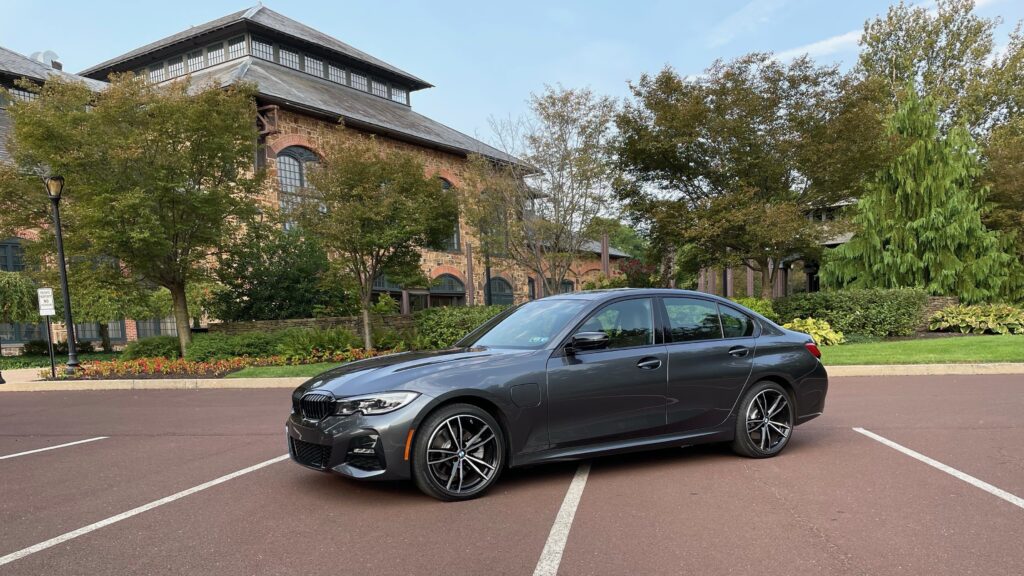As much as we try to avoid them, accidents do happen. We hear this statement throughout our lives, so much in fact that it can carry little weight. But when it comes to an automobile collision, the emotional and physical impact are equally significant.
Considering the many hundreds of thousands of miles driven by an average driver, statistically we are all on borrowed time. It would be very difficult to imagine a lifetime behind the wheel without ever experiencing an accident.
Fortunately, most states require motorists to carry insurance in some form. On the surface this seems like an obvious prerequisite to driving on public roads, as it ensures that damage and injuries are addressed. Enforcing coverage however, is another story.
I live in one of only twelve states that has a no-fault insurance requirement. Under this dubious system, insurance companies must pay for out-of-pocket losses incurred by anyone covered under their policy regardless of who actually caused an accident—though the thought of faultlessness is hard to grasp.
The immediate benefit to the policy holder is the speedy payout of claims, as blame is not initially a component. A less obvious downside is that a negligent or uninsured driver is not always penalized. No-fault states also have higher premiums, and you can only sue for serious injury or expense.
I am pondering this topic today because several weeks ago, my wife was involved in an accident. Sitting at a red light, her 2021 BMW 330e was rear-ended by a box truck. It was moving at a relatively slow speed, but at many times her vehicle’s weight, her 330e was then pushed into the car in front of her.
The wounded grimace of our BMW 330e with M Sport package
Most fortunately, no one was physically hurt—that was quite an immediate relief. As the officer at the scene somewhat callously commented, “It’s only metal and plastic.” He is not incorrect, but the emotional toll, and the subsequent drain over the next several weeks of your life is substantial.
We spent literally hours on the phone with our insurance company. They needed excruciating detail of the incident, the vehicles damaged, the police report, and information about the other drivers. We described everything you could possibly imagine in as much detail as we could recall.
A rental car was an immediate requirement—my wife cannot function without her car. It is only partially covered by our insurance (there are daily and incident caps). As you can imagine, she is not currently driving a rented BMW.
A heartbreaking toothless grill.
No-fault would not normally apply in this incident as there was very clearly an accident causality. But in our state, that’s just the starting point and assumption. Our insurance company will have to go after theirs to get reimbursed.
I wish it ended there, but after a stretch of silence from our insurance company while we wait (not very patiently) for our car to be repaired, we were informed in a text that the driver of the truck that hit us did not provide accurate insurance information—meaning they may not even have had coverage.
The next course of action is for our insurance carrier to go after the company that operated the truck and get them to admit fault using the police report for support. It never occurred to us that we could be out the deductible and the amount for the rental not covered by insurance (due to any delay in repair).
Being in the wrong place at the wrong time should not affect us as it has—and we are now actuarially in a higher risk category. Yes, our insurance rates can (and likely will) increase because of this incident. This fact is particularly infuriating.
Probably looks worse than it is?
Another consequence is the accident record of our previously flawless car. Though there were no mechanical or structural components that needed repair or replacement, the resulting reconstruction will follow this vehicle forever.
We are somewhat encouraged in that our insurance company won’t get reimbursed for the repair unless they do go after the owner of the truck in question., but my years of experience in financial analysis tells me that it may not pay to assign resources to this effort. Their attempt to be reimbursed may amount to a phone call or a threatening letter. And as the policy holder, we will not be paid until they are compensated by the party at fault. Something tells me our out-of-pocket expenses could remain that way.
There is unfortunately no silver lining to this story. There’s no positive takeaway. Other than the fact that there were (thankfully) no injuries, we are the recipients of chance, caused by the negligence of a driver who likely left the scene with no consequence to him (no real damage to the truck).
It’s only “metal and plastic.”
The concept of a no-fault accident is a curious one. Several years ago, the National Highway Traffic Safety Administration (NHTSA) issued a report to congress called the “National Motor Vehicle Crash Causation Survey.” It stated that nearly 95% of accidents are attributed to driver error.
If the majority of accidents are the fault of the operator, then the entire concept of no-fault is at least flawed. While I understand that this is supposed to lower the frequency of frivolous lawsuits with enormous payouts, we’re feeling victimized having done nothing wrong.
I know that every day, there are others in worse circumstances. I’m aware that I should be grateful that there were no injuries—the only harm was to “metal and plastic” and most would consider this damage to be minimal. We have been statistically blessed.
After all, accidents happen.—David Newton
